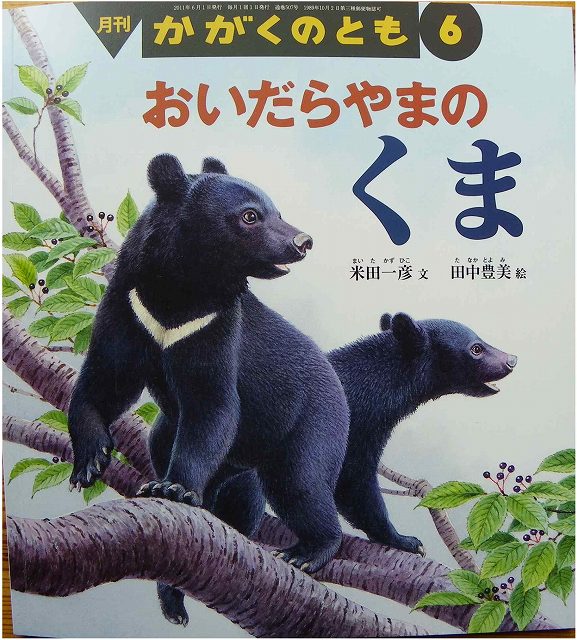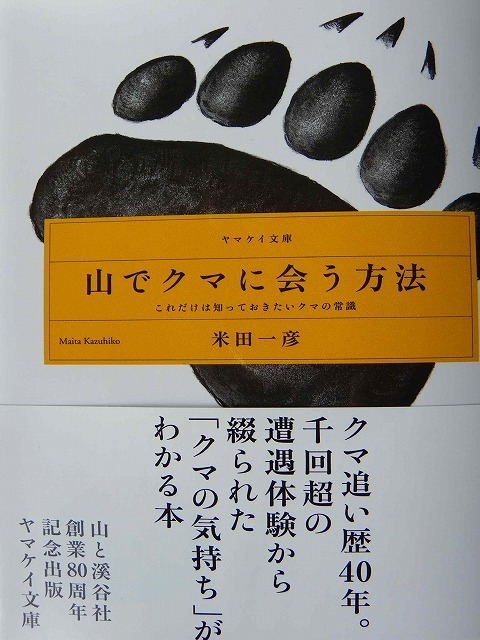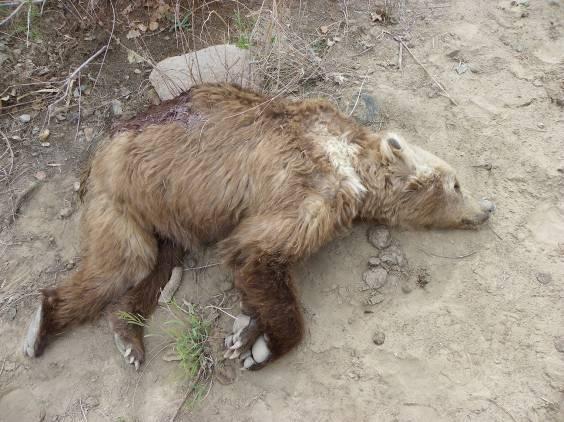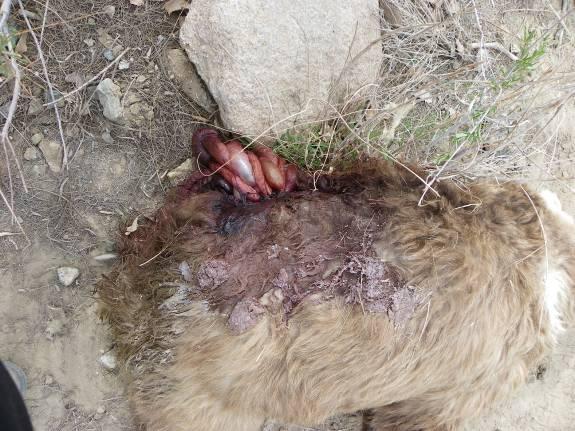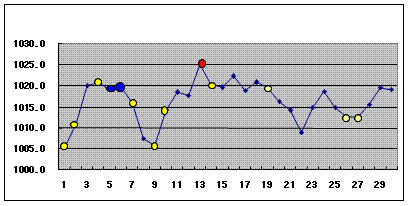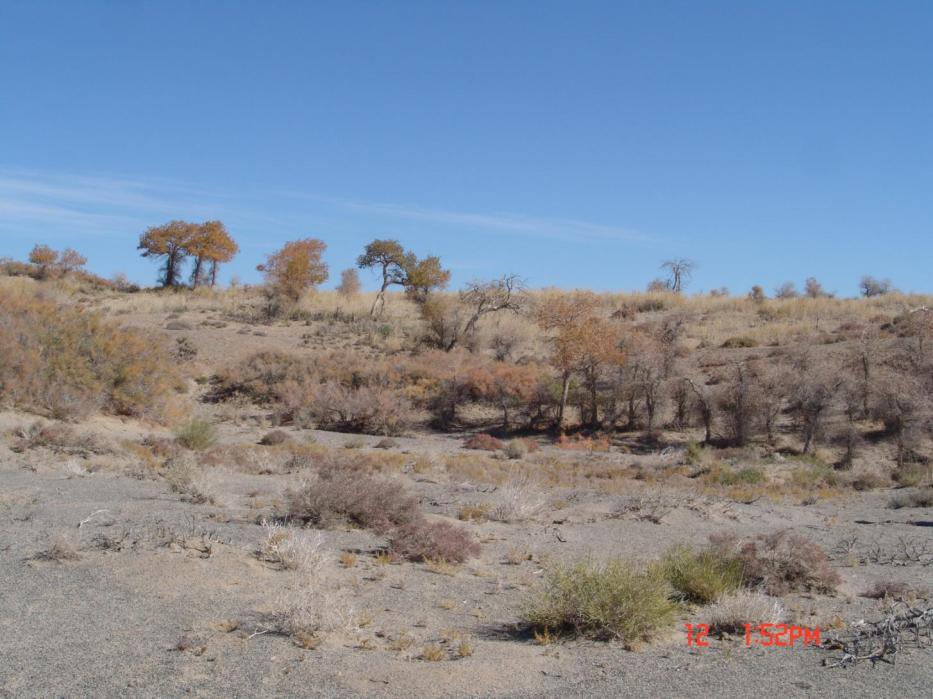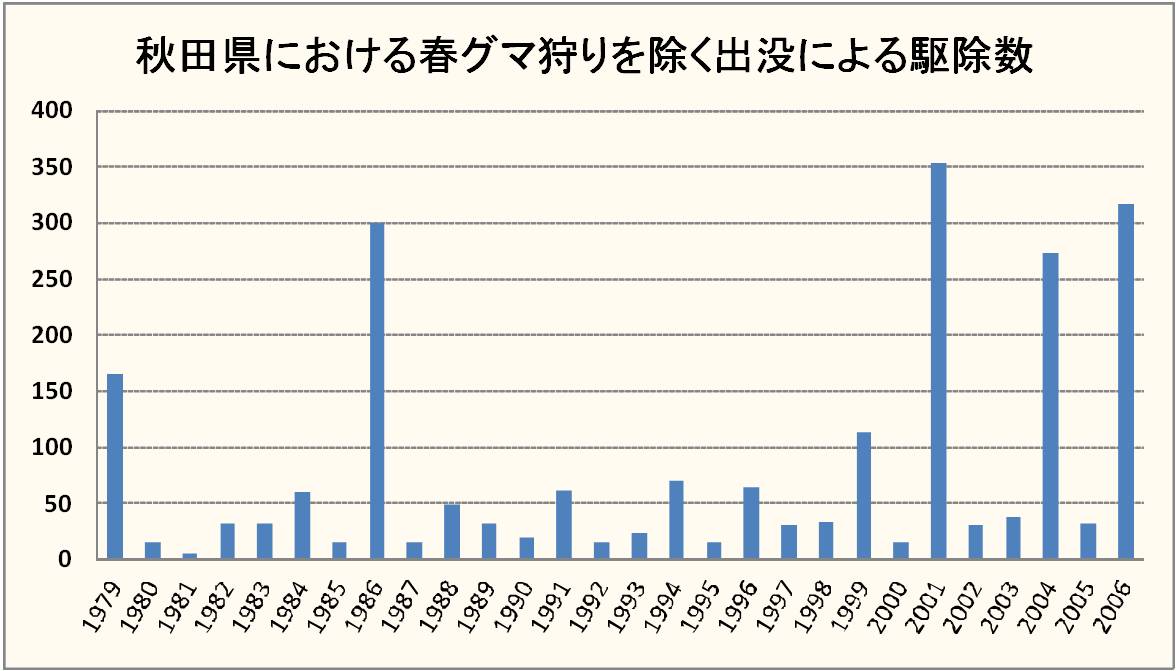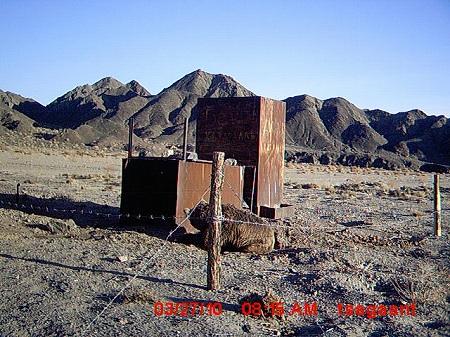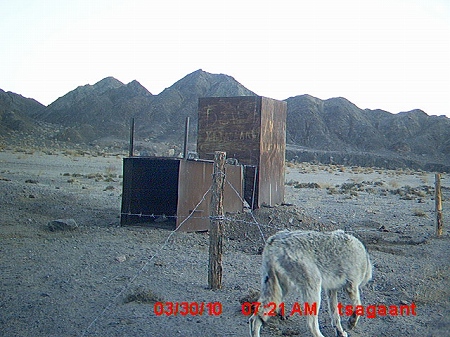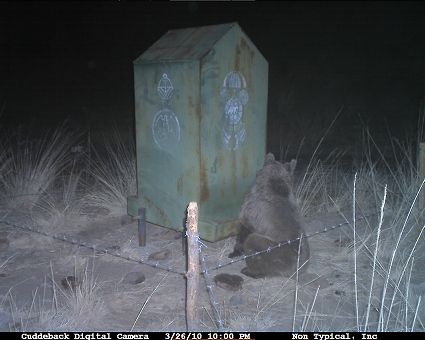| 福島県西会津町での死亡事故について(2011.7/23) |
|
| 書籍の紹介 | ||||
|---|---|---|---|---|
|
| Report on the Dead Gobi Bear |
We have found a dead body of a Gobi bear at 18:22, May 21, 2011, at the observation point in Baruun tooroin bulag, or the natural spring of Baruun, located on the west edge of Great Gobi Wildlife Preservation District A, in southwest Mongolia. Kazuhiko Maita ;Institute for Asian Black Bear Research and Preservation (NGO), My driver said at the first glance on the dead bear, that “this should be food poisoning”. The driver from the Preservation Office said that it’s the first time in his 30 years’ career of working for the Office that he saw a dead body of a Gobi bear. He was pretty much excited. As for me, I first thought about the effect of a narcotic. The reason we all thought of some kind of “desease” is because we could see no “wound” on him and couldn’t think about the possibility of death in a fight. Observations and Facts 1) No wound observed on any part of the body, including the fore-part of the body where fighting often leaves wounds. Seemingly good nutrition. 2) On the left side of the stomach there was a round-shaped hole in the outer skin & fur, around 40cm in diameter, with a part of intestine coming out of it. Bleeding from the skin was observed rather towards the right side of that hole, indicating that the bear body was laid with its right side of the stomach down when it was dead, and had been “moved” later, perhaps by a large animal, to then have its left side facing downwards.
Estimated body weight approximately 100kg. Male, around 4 years old. 3) 30 meters away from the dead bear, we have also found a dead camel, fallen into the spring. From observation, this camel is assumed to have died about one day before the bear was dead. The neck part of it had scratches and was partly eaten. We assumed that this camel fell into the spring, and as it was struggling to get out of it, it was attacked and eaten by a bear. 4) The Gobi bear is considered to have been dead around 24 hours before we found him. This means his estimated death took place late afternoon on May 20. On May 28, Gobi Wildlife Preservation Office called me on the phone to tell that they have secured the dead body of that bear, and that they have judged that his death was caused by a disease. In my understanding, the Office is not equipped with enough equipment and capability to find the exact cause of his death. But they have preserved the stomach and intestine of the dead bear in alcohol. They have told us, that they also suspect food poisoning as the cause of the death of this bear. Now that the estimated number of Gobi bears is already down to 20 or less, I do insist that we should make a detailed examination of the bear’s dead body to find out the exact cause of his death. For reference, I have once requested to the North American research team, back in April 2010, at the International Gobi Bears Symposium, that “the bear traps made with metal wire that the North American team was using then, were very harmful to the teeth of the bears, often destroying many of them, therefore such traps should immediately be discontinued of their usage”. Since then, the US team had seems to have accepted my proposal and took away the old type traps, and introduced new, improved traps. I’m glad my proposal had a positive effect.
End of report
|
| 2010年度 ツキノワグマ出没の総括 |
(1) 西中国3県での堅果類の状況
(2) 全国での人身事故の多発
(3) クマを思う都市市民が参加できる取り組みを環境NPO、自然保護団体は起さなくてはならない。 昨秋、西中国のクマの最重要地域にカキを運んでいる人たちを動物研究者が目撃している。最奥地に住む山クマ{集落依存型に対して}がカキの味を覚えたら、凶作年には里に出て安易にカキを食い駆除されることになる。 (4) 今世紀、2001年、04年、06年と大出没を経験しておりながら行政の対応が良い方向になされたか疑問だ。
<ゴビヒグマ関係> 8月 ゴビヒグマの生息域調査。
|
| 書籍の紹介(2011.5/13) | ||||
|
| 秋田県でのクマ出没がブナ凶作単独説とするに異論あり (2010.11/05) |
1970から90年代までの30年間に大出没と言われる年は79年と
|
| ゴビヒグマの保全活動の経過報告(2010.11/05画像追加) |
2009年6月よりモンゴルでゴビヒグマ(Gobi brown bears (Ursus arctos) )の保全活動を開始しました。 2009年11月25日 モンゴル環境観光省 事務次官と会談 向かって左から モンゴル国立大学 副総長 Ravchig SAMIYA
ゴビのゴビヒグマ生息地ではアメリカ側が捕獲して14頭をGPS追跡調査を実施、うち3頭が行方不明。
2010年3月27日17時から約15分間、ゴビヒグマを観察、望遠撮影した。
確認用ロボットカメラにはゴビヒグマ、オオカミが写る。
|
| 当所は堅果類凶作年に山にドングリをまく行為に反対する(2010.11/04) |
以前から、このように態度を明確にして来ているが当所へドングリを撒くように
2. 当所独自の理由 3. 皆さんへ |
| 市街地、農耕地、平野部でクマと遭遇した場合の対処法(2010.10/25) |
|
市街地での受傷は重傷化しやすいが治療地点が近いので軽減されやすい。 (1) 「クマを見て後ずさり方」は山中での対処法 現在、平野部に出ていること自体、興奮状態なので、市街地では効果は無い。 (2) 一瞬にして下半身を物、藪で隠す。電柱の前に立つ。建物の前に立つ。 これで体を動かすな。クマは動いている車両、人の方へ方向を変える。 (3) 夜間、庭で物音がしても見回りしない。 (4) 犬を連れた早朝、夕刻の散歩はなるべく避ける。 (5) 物を置いて逃げる方法は、物より逃げる者を優先して追う。 (6) 今年の出没が収束する時期。 やや間延びするだろうが寒冬との予報なので、兼ね合いで11月中旬の予想。
|
| 2010年 秋以降のツキノワグマの事故発生予測(2010.10/15) |
|
(1) 06年のような事故数までは至らないだろう。
(5) 鈍器での反撃は (6) 反撃意欲のある人は長物鈍器でクマを打て。軽傷率が高い。 (7) 出没年の秋には犬を連れて里山を散歩するな。 (8) 攻撃のため接近して来たら自分を大きく見せよ。 (9) チンチンする鈴はクマに聞こえている。 (10) 引っ掻かれる方が咬まれるより多い、初撃の爪を立ったままで首、頭に受けるな。 (11) 頭部の負傷が圧倒、次は手(左手の庇い手、右手の攻撃手)、足の順。 (12) 10メートル以内ではクマの表情、様子が一変する。 (13) 一頭による多重事故日、数県にまたがる広域発生日は、ある程度、予測がつくと思われる。
|
| 2010年度 西中国山地堅果類豊凶調査結果と出没予想(2010.8/29) |
|---|
(1) クマの食事果実の豊凶状況 ミズナラ、コナラが凶作状況で、注意が必要だ。 (2) 出没予測 全体的には旧芸北町より東北部の地域が凶作傾向が強く出没に注意を要する。
・・・これ以前の記事
|

